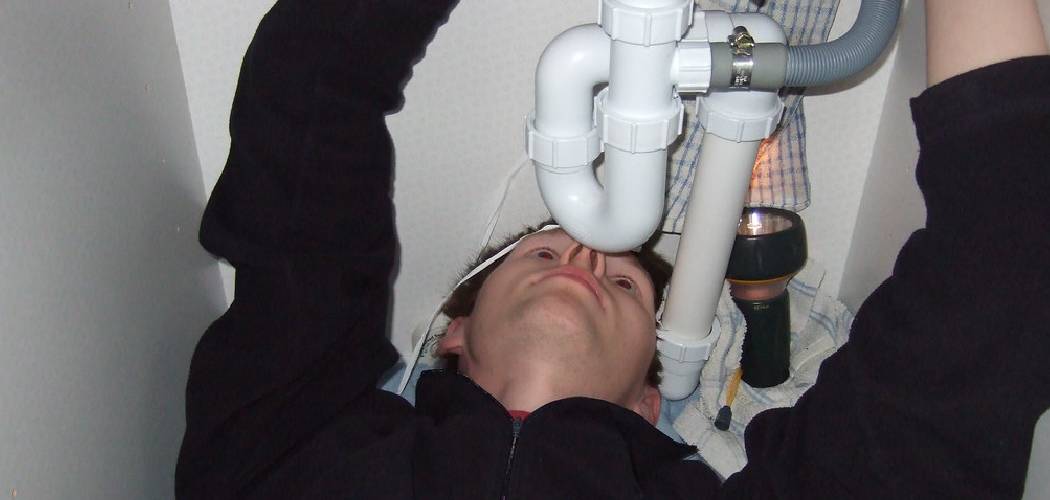Unclogging a utility sink can be a frustrating task, but understanding the process can save you time and money. Utility sinks are often used for heavy-duty cleaning tasks, making them susceptible to blockages from debris, grease, and detergents.

In this guide, we will walk you through practical steps for how to unclog utility sink, ensuring your utility sink functions smoothly once again. Whether you are a seasoned DIYer or a novice homeowner, these tips will help you tackle the problem with confidence.
Importance of Addressing Clogs Promptly
Addressing clogs in your utility sink promptly is essential to prevent further complications down the line. Allowing a blockage to persist can not only lead to more severe plumbing issues but also compromise the functionality of the sink for crucial cleaning tasks. Over time, stagnant water and debris build-up can result in unpleasant odors, creating an unsanitary environment.
Moreover, persistent clogs can cause increased pressure on pipes, potentially leading to leaks or bursts that necessitate costly repairs. By dealing with clogs quickly, you can maintain a hygienic workspace and prolong the life of your plumbing system.
Common Causes of Utility Sink Clogs
Utility sink clogs can arise from a variety of sources, often leading to frustration for homeowners. One of the most frequent culprits is grease buildup, which can accumulate over time from washing greasy items or disposing of food remnants down the sink. Additionally, debris such as dirt, hair, and lint can contribute to blockages, especially if the sink is used for tasks like washing dirty clothes or cleaning tools.
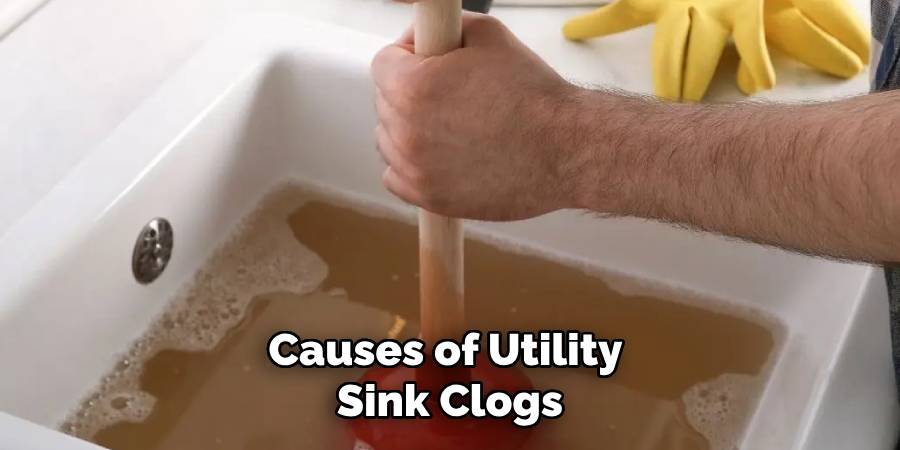
Detergents and soaps can also create suds that combine with this debris, worsening the clog. Lastly, foreign objects inadvertently dropped into the sink, including cleaning brushes or small tools, can cause immediate blockages, necessitating prompt attention to restore proper drainage. Understanding these common causes can help you prevent clogs and maintain the efficiency of your utility sink.
10 Methods How to Unclog Utility Sink
1. Plunge the Sink
Using a plunger is often the first and most straightforward method to unclog a utility sink. Begin by filling the sink with a few inches of water, which helps create a seal around the plunger. Position the plunger over the drain and apply firm, consistent pressure while plunging up and down. The goal is to create enough force to dislodge the clog. Ensure that you maintain a tight seal around the drain to maximize the effectiveness of the plunger. After several plunging attempts, remove the plunger and check if the water drains properly. If the clog persists, you may need to try other methods.
2. Use a Drain Snake
A drain snake, or auger, is a versatile tool designed to reach and remove clogs deeper in the plumbing system. To use a drain snake, insert the end of the snake into the sink’s drain and gently rotate the handle while pushing the snake further into the pipe.
The rotating action helps the snake break up or capture the clog. Once you feel resistance or the snake has reached its full length, retract the snake slowly while continuing to rotate it. This action helps dislodge and remove the clog. After using the drain snake, run water through the sink to ensure the blockage has been cleared.
3. Apply a Baking Soda and Vinegar Solution
A natural and effective method to unclog a utility sink involves using baking soda and vinegar. Begin by pouring a cup of baking soda down the drain, followed by a cup of white vinegar. The chemical reaction between the baking soda and vinegar creates a fizzing action that helps break down organic matter and dissolve the clog.
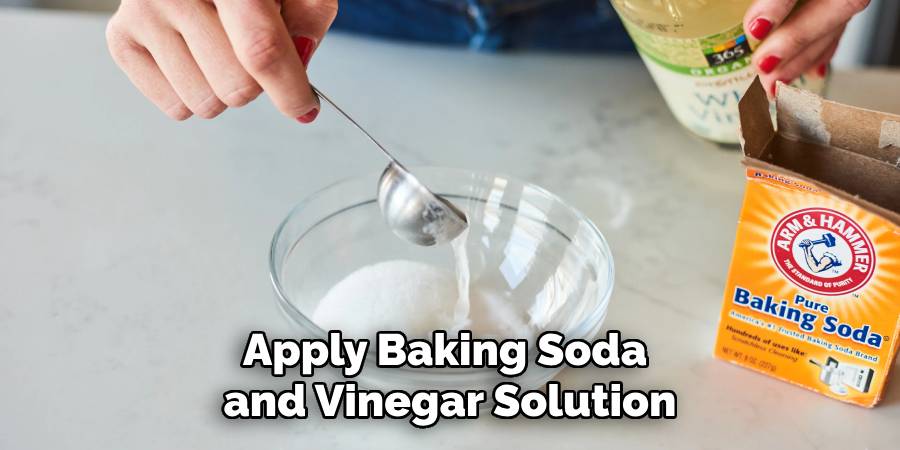
Allow the mixture to sit for 15 to 30 minutes to maximize its effectiveness. After the waiting period, flush the sink with hot water to rinse away any remaining debris. This method is particularly useful for minor clogs and helps maintain a clean and odor-free drain.
4. Use a Plumber’s Tape and Pipe Cleaner
For stubborn clogs, a plumber’s tape combined with a pipe cleaner can provide a more targeted approach. First, wrap plumber’s tape around the end of a flexible pipe cleaner, which helps prevent scratching or damaging the pipes. Insert the pipe cleaner into the drain and gently maneuver it to dislodge or capture the clog. This method is effective for removing hair, soap scum, and other debris that may be causing the blockage. After clearing the clog, run hot water through the sink to ensure the pipes are thoroughly cleaned and free of remaining debris.
5. Disassemble the P-Trap
The P-trap, located under the sink, is a common area where clogs can occur. To address a clog in this section, start by placing a bucket or container underneath the P-trap to catch any water or debris. Unscrew the slip nuts connecting the P-trap to the sink drain and the waste pipe.
Carefully remove the P-trap and inspect it for blockages. Clean out any debris or buildup inside the trap, and then reassemble it by tightening the slip nuts. Ensure that the connections are secure and check for leaks before running water through the sink.
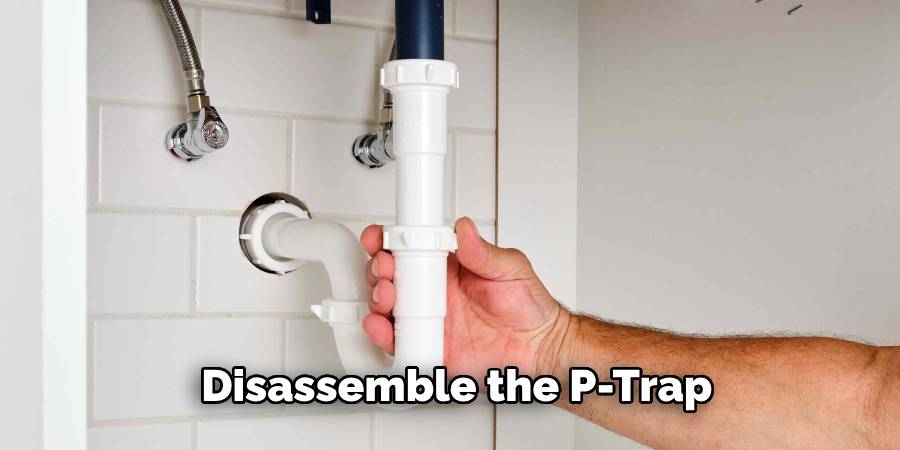
6. Use a Chemical Drain Cleaner
Chemical drain cleaners are commercially available and can effectively dissolve clogs caused by grease, hair, or other organic materials. Follow the manufacturer’s instructions for the appropriate amount to use and pour it directly into the drain. Allow the cleaner to sit for the recommended time to break down the clog. Afterward, flush the sink with hot water to remove any residue and ensure the clog is cleared. Exercise caution when using chemical drain cleaners, as they can be harsh and potentially damaging to pipes if used improperly.
7. Install a Drain Strainer
Preventing clogs in the first place is often easier than dealing with them once they occur. Installing a drain strainer or screen in the utility sink can help catch debris, such as food particles, hair, and other materials, before they enter the pipes. Regularly clean the strainer to prevent buildup and maintain optimal drainage. This preventative measure helps reduce the likelihood of future clogs and keeps the sink functioning smoothly.
8. Flush with Hot Water
Sometimes, a simple hot water flush can help dissolve and clear minor clogs, particularly those caused by grease or soap scum. Boil a pot of water and carefully pour it down the drain in stages. Allow the hot water to sit for several minutes between pours to break down and dissolve the clog.
After the final pour, run warm tap water through the sink to flush away any remaining debris. This method is effective for minor clogs and can be used in conjunction with other techniques for enhanced results.
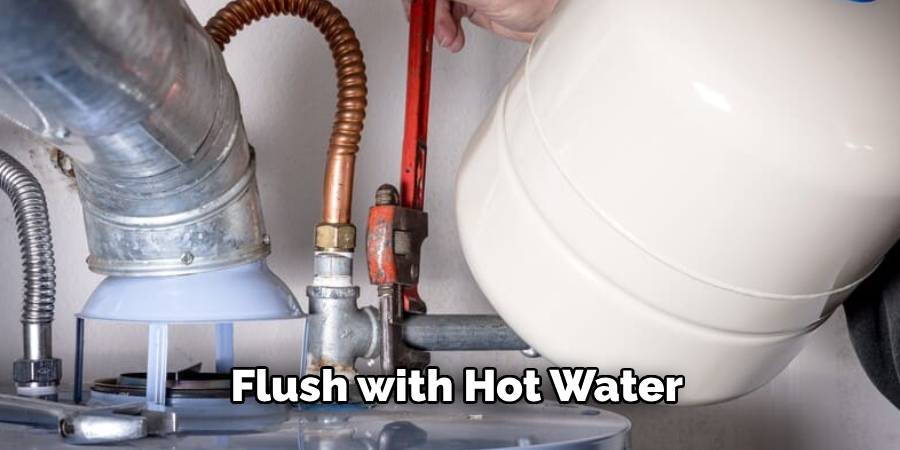
9. Use a Wet/Dry Vacuum
A wet/dry vacuum can be a powerful tool for removing clogs, especially if they are located near the surface of the drain. Set the vacuum to the liquid setting and create a tight seal around the drain using the vacuum hose. Turn on the vacuum to suction out any debris or blockage from the pipe.
This method is particularly useful for removing larger objects or significant amounts of debris that may be causing the clog. After vacuuming, run water through the sink to ensure the blockage has been cleared.
10. Consult a Professional Plumber
If all other methods fail or if you suspect that the clog is deep within the plumbing system or caused by a more complex issue, consulting a professional plumber may be the best solution. A plumber can conduct a thorough inspection of the pipes, identify the source of the blockage, and use specialized tools and techniques to resolve the issue. Professional plumbing services ensure that the problem is addressed effectively and prevent potential damage to the plumbing system.
Things to Consider When Unclogging a Utility Sink
When tackling a clogged utility sink, there are several important considerations to keep in mind to ensure the process is safe and effective. First, assess the type and severity of the clog; different methods may be more suitable depending on whether the blockage is minor or severe. Additionally, consider the age and material of your plumbing, as certain techniques or chemical cleaners can potentially damage older or fragile pipes. Always prioritize safety by wearing gloves and goggles, particularly when dealing with chemical drain cleaners or sharp tools. Lastly, maintain good plumbing practices to prevent future clogs, such as regularly cleaning the strainer and being mindful of what goes down the drain.
You Can Also Check Flush a Gas Hot Water Heater
Conclusion
Unclogging a utility sink requires a range of techniques, each suitable for different types of clogs and levels of severity. From plunging and using a drain snake to applying natural solutions like baking soda and vinegar, these methods offer various approaches to clear blockages.
Additionally, preventative measures such as installing a drain strainer and regular maintenance can help avoid future clogs. If DIY methods prove unsuccessful, seeking professional plumbing assistance ensures that persistent or severe issues are resolved effectively.
Hopefully, this article gave you some helpful tips about how to unclog utility sink successfully, so now that you have the proper knowledge on how to get the job done, why not give it a try today?

